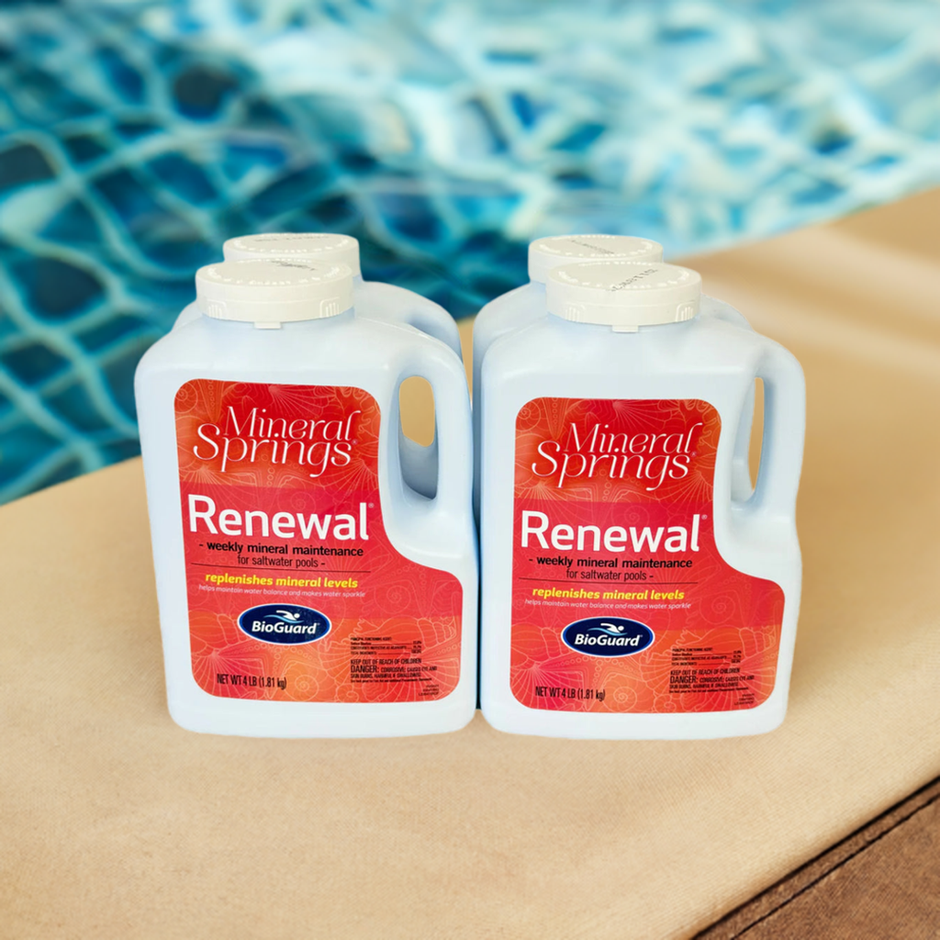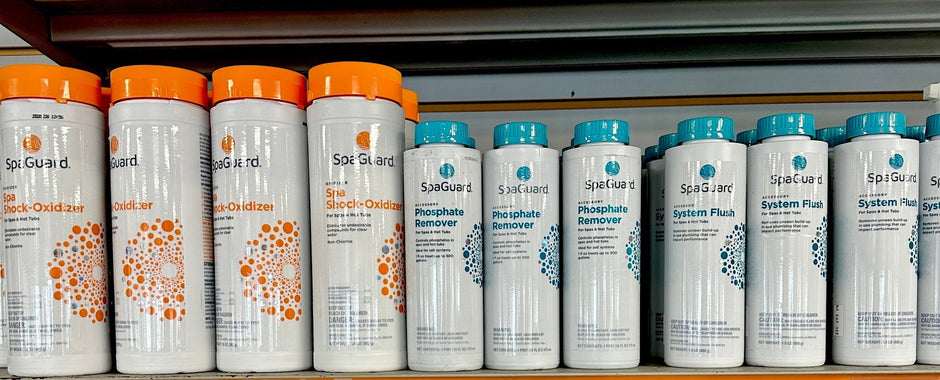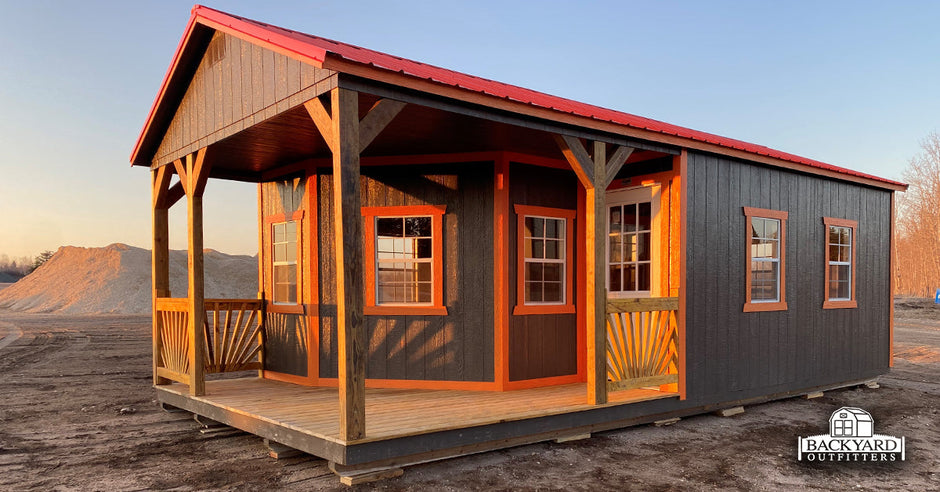What is Hydrotherapy?
Simply put, hydrotherapy is the use of water to relieve discomfort and promote physical well-being. Hot tubs use powerful jets of warm water and air to massage the neck, shoulders, lumbar, legs and feet. The combination of immersion, heat and hydromassage improves blood circulation, reduces muscle tension, promotes relaxation and offers a variety of health benefits.

Origins of Hydrotherapy
Throughout history, various civilizations have harnessed the power of water for healing purposes. Ancient Egypt, Greece, Rome, and Japan constructed elaborate bathhouses and pools for relaxation, cleansing, and revitalization. These cultures recognized the connection between water and well-being – the very foundation for the hydrotherapy practices we know today.
Ancient Egyptians
In Ancient Egypt, it was believed that the cleaner and more well-oiled the person was, the closer they were to the gods. As their main goal in living was to make it to the afterlife, this influenced most Ancient Egyptians to take a bath every day.

Ancient Greece & Rome
“Cold baths were considered as strengthening the body, and warm baths as giving it tone and vigour. Philosophers and physicians in those ancient days praised baths as giving good health and vigour to the bathers.”
– Baths and Bathing in Ancient Greece by Madame Angelica G. Panayotatou, Ph.D.
Romans expanded Greece’s typical hip-height baths and created intricate bathhouses, referred to as balnea or thermae. In a balnea or thermae, it was common to find changing rooms, exercise rooms, an open-air swimming pool, superheated dry and wet sweating rooms, a hot room, warm room, cool room, and massage areas.
Japan
As Japan’s main religion shifted from Shintoism to Buddhism, their affinity for water remained. In Shinto religion, misogi means purification by water. Following Shintoism, Buddhist temples continued to preach that bathing was a way to stem off disease and bring good fortune. To date, more than 27,000 hot springs exist in Japan alone.
18th Century and onward
Fast-forward to the 18th century, hydrotherapy experienced a revival with the rise of spa culture. Thermal springs and mineral-rich waters were believed to hold therapeutic properties. This attracted people from all walks of life to these natural healing havens. Traditional medicine systems, such as Ayurveda and traditional Chinese medicine, also contributed to the development of hydrotherapy techniques that emphasize balance and holistic healing.
Benefits of hydrotherapy
The physiological effects of water on the body have been widely acknowledged. Buoyancy reduces pressure on joints, making hydrotherapy particularly beneficial for individuals with arthritis or joint pain. Improved blood circulation and muscle relaxation are additional perks, aiding in recovery after intense physical activity or injury. Water’s natural ability to open pores supports detoxification, promoting clearer skin and a healthier complexion.
Yet, hydrotherapy extends beyond the physical realm. Immersing oneself in water can alleviate stress, induce relaxation, and even enhance sleep quality. The combination of warm water and buoyancy creates a sense of weightlessness that relieves tension and anxiety, contributing to an overall improved mood.
Hydrotherapy isn’t just a luxury – it’s also a complementary treatment for various conditions. Individuals dealing with chronic pain, muscle injuries, back pain, and skin ailments often find relief in the therapeutic waters of hydrotherapy.
Benefits of hydrotherapy
The physiological effects of water on the body have been widely acknowledged. Buoyancy reduces pressure on joints, making hydrotherapy particularly beneficial for individuals with arthritis or joint pain. Improved blood circulation and muscle relaxation are additional perks, aiding in recovery after intense physical activity or injury. Water’s natural ability to open pores supports detoxification, promoting clearer skin and a healthier complexion.
Yet, hydrotherapy extends beyond the physical realm. Immersing oneself in water can alleviate stress, induce relaxation, and even enhance sleep quality. The combination of warm water and buoyancy creates a sense of weightlessness that relieves tension and anxiety, contributing to an overall improved mood.
Hydrotherapy isn’t just a luxury – it’s also a complementary treatment for various conditions. Individuals dealing with chronic pain, muscle injuries, back pain, and skin ailments often find relief in the therapeutic waters of hydrotherapy.
The allure of hot tubs
Among the various forms of hydrotherapy, hot tubs stand out as a popular and beloved choice. From traditional wooden tubs to modern, technologically advanced versions, hot tubs have evolved to offer both therapeutic benefits and social appeal.
The therapeutic benefits of hot tubs are undeniable. The warm water combined with hydrostatic pressure provides a soothing massage for muscles and joints. The experience is not only physically revitalizing but also mentally rejuvenating, as the bubbling water and gentle jets help release stress and promote a sense of well-being. Additionally, hot tub sessions before bedtime can improve sleep patterns, leaving you feeling refreshed and ready to take on the day.
Hot tubs aren’t merely vessels of warm water; they create spaces for connection. Gathering with friends and family in a hot tub fosters quality time and shared experiences. For couples, hot tubs offer intimate settings, enabling relaxation and connection in a romantic atmosphere.
With the rise of swim spas, the health benefits don’t stop there. With swim jet systems, water exercise becomes that much more accessible. It provides stress relief from the warm, jetted waters, as well as provides a source of physical therapy. Swim spas are technically a mini, private swimming pool.
Conclusion
In a world where stress and demands often take a toll on our well-being, hydrotherapy offers a timeless solution for rejuvenation. From its ancient roots to the modern luxury of hot tubs, the healing power of water remains steadfast. As you embark on your wellness journey, consider exploring hydrotherapy’s myriad benefits and immersing yourself in the soothing embrace of a hot tub. Whether seeking physical relief, emotional restoration, or simply a moment of tranquility, hydrotherapy continues to be a source of holistic healing in our fast-paced lives.
The allure of hot tubs
Among the various forms of hydrotherapy, hot tubs stand out as a popular and beloved choice. From traditional wooden tubs to modern, technologically advanced versions, hot tubs have evolved to offer both therapeutic benefits and social appeal.
Credit: Artesian Spa's







